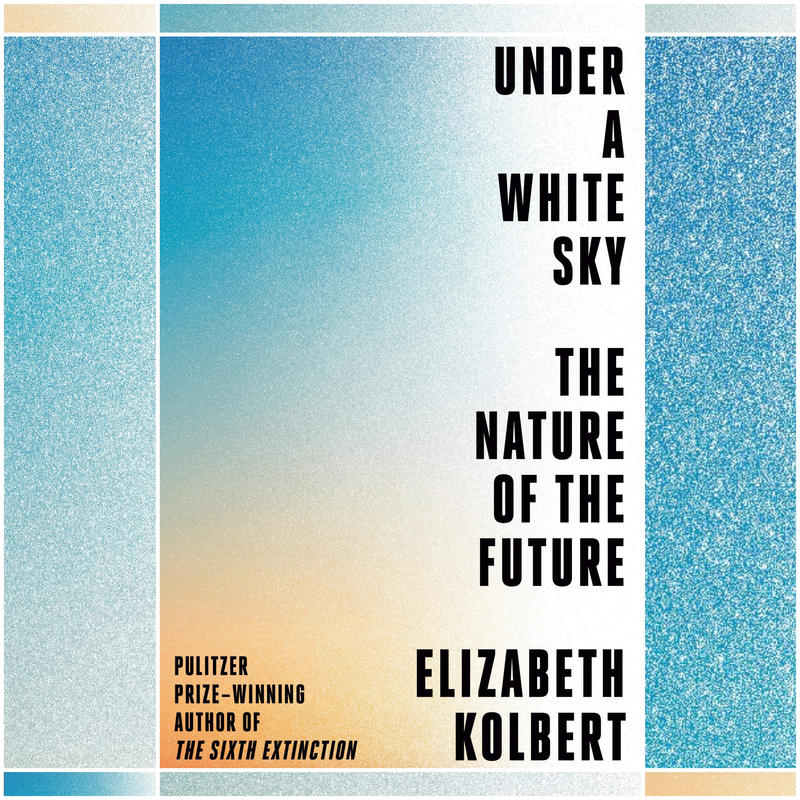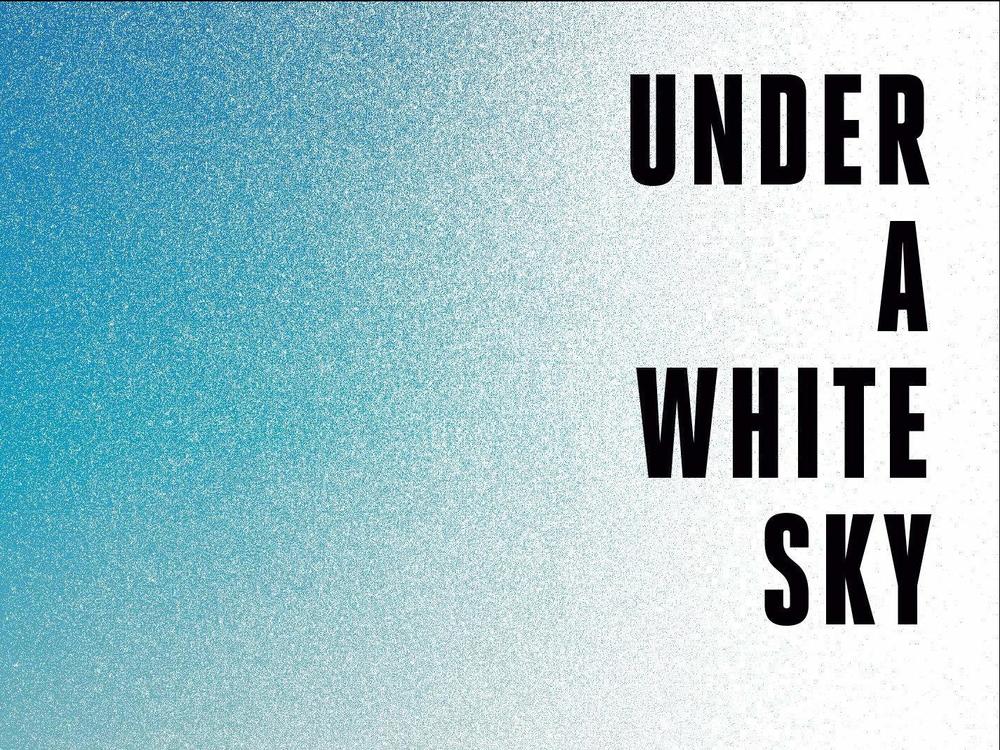

The Devil’s Hole pupfish is a rare species that only lives in one Nevada pond, where they were likely deposited in the distant past when what is now desert landscape was wetter.


The book’s second section describes attempts to manage biodiversity. The extent of the measures on the Mississippi has made it neither a natural nor a manmade system, but something in between. To address this, officials have implemented artificial means to restore sediment, but this will only protect selective parts of the coastline, even as other parts continue to disappear. As a result, land is disappearing in places like Plaquemines Parish, which is already below sea level. While controlling the Mississippi with levees reduced flooding, it deprived the area of the essential sediment replenishment that the river provides. In subsequent chapters in this section, Kolbert explores how the modification of the Mississippi River is creating rapid land loss and erosion in Louisiana. Ultimately, such measures may not come close to addressing the scale of the problem and may have unintended consequences of their own. Projects to prevent carp from reaching the Great Lakes include everything from sending electric currents through the river, to hosting fishing tournaments and other events aimed at encouraging people to see carp as a viable food source. Because the Sanitary and Ship Canal linked the Mississippi and the Chicago rivers, the carp now threaten that ecosystem and the Great Lakes.

Introduced to the US to prevent the spread of an invasive plant, the fish quickly escaped from their original release point and spread up the Mississippi. Nature quickly proved uncontrollable: While the project addressed the immediate issue of waste, it created an unforeseen problem in the form of Asian carp. The Canal reversed the flow of the river so that waste from the city of Chicago would flow not into Lake Michigan-its drinking water supply-but in the opposite direction, toward the Mississippi River and ultimately, the Gulf of Mexico: “a textbook example of what used to be called, without irony, the control of nature” (5). Kolbert then describes the modification of the Chicago River, which underwent a major change in the late 19th and early 20th centuries, with the construction of the Chicago Sanitary and Ship Canal. The book’s first section opens with a meditation on the metaphoric potential of rivers, which authors ranging from Mark Twain to Heraclitus have used to represent hidden meanings, destiny, and change.


 0 kommentar(er)
0 kommentar(er)
